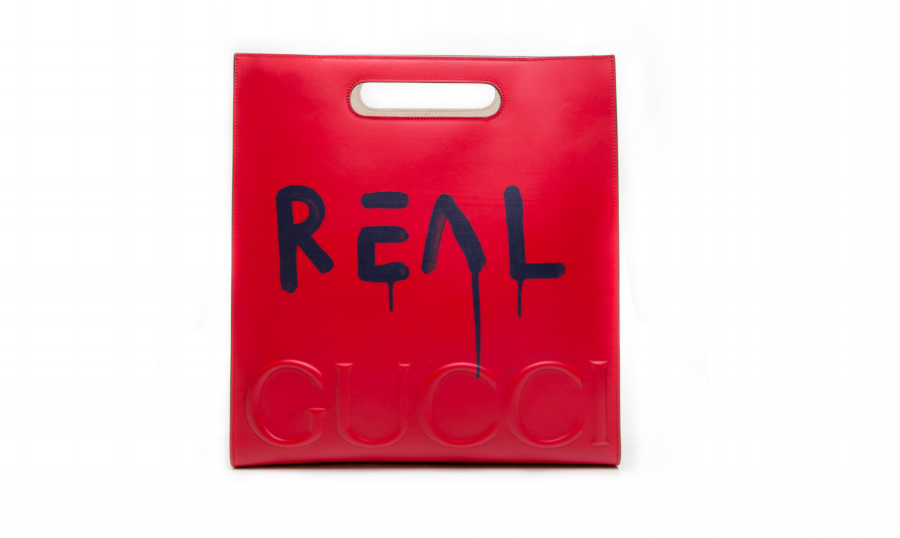A central part of the premise of luxury consignment platform The RealReal is its dedication to ensuring that the Chanel bags, Alaïa frocks, and Manolo mules you are buying are real. The San Francisco-based site touts itself as “the leader in authenticated luxury consignment.” Rival Vestiaire Collective similarly boasts about its grade-A offerings, which are “expertly checked for 100% quality and authenticity.” Even eBay has made inroads in this realm, introducing a network of brand experts to its service in order to verify the authenticity of goods being offered for sale in its marketplace.
Given the rise in demand for authentic second-hand luxury goods, paired with the ever-increasing sophistication of counterfeits (so much so that some fakes are 99 percent identical to the real thing), it should come as little surprise that services dedicated to weeding out the fakes are on the rise. The trend has made its way to China, which is – on one hand – the source of more than half of the world’s counterfeits, as well as full-blown fake Yeezy and Supreme stores.
On the other hand, China is also home to an ever-growing population of big-spending millennials who are not interested in anything but authentic luxury goods and are willing to pay handsomely for them.
With such a mixed hand at play, Chinese startups are popping up in an attempt to fill an important void: Telling the difference between the real and the fake. As noted by Jing Daily last year, one startup, Zhiduoshao launched an iPhone app in March 2017 to help users authenticate luxury goods. On Zhiduoshao – which means “how much it’s worth” in Chinese – users can upload photos of their luxury goods to the app, and an expert will give his/her feedback as to the authenticity of the product.
The app’s founder and CEO, Xu Shichen, said that his company is seeing “a rise in authentication demands,” particularly as parts of the Chinese population begin to a exhibit growing acceptance of the second-hand luxury goods market, which is currently popular in first-tier cities, such as Beijing and Shanghai, but is spreading to Tianjin, Chongqing, Chengdu, Wuhan, Xiamen (the big second-tier cities) and beyond.
The rise of the second-hand luxury market has been slow to catch on in China in part because of authentication concerns. As a spokesman for the China Resale Goods Trade Association said in 2016, even well-meaning shops have unknowingly stocked huge selections of counterfeits “due to their inability to authenticate the products.” Yishepai, an online luxury goods authentication platform, revealed that in 2016, only 40 percent of the goods they examined were real.
Maybe unsurprisingly, given China’s position as one of the more problematic global players when it comes to the protection of non-native intellectual property, no small number of the authentication services that are meant to be separating the bona fide luxury goods from the counterfeits are fake, themselves. In many cases, the seemingly authentic sites are copying the names, website layouts, and the imagery of more established authentication services, such as Zhiduoshao.
The scheme runs even deeper, according to China’s state-run China Youth Daily website, with companies offering up sham courses for individuals who would like to be trained as expert authenticators, something of a growing profession in China. The publication revealed this spring that a number of companies have begun offering classes “that promise to teach people to become an expert” in just a matter of days.
Such classes, according to China Youth Daily, are often fraudulent in nature, with Zhang Chen, a luxury bag authenticity expert at the Beijing Price Certification Center, emphasizing, “The process of identifying authentic luxury goods is particularly complicated because it requires a wide range of knowledge and experience.” Chances are, that knowledge takes more than a few days to acquire.











